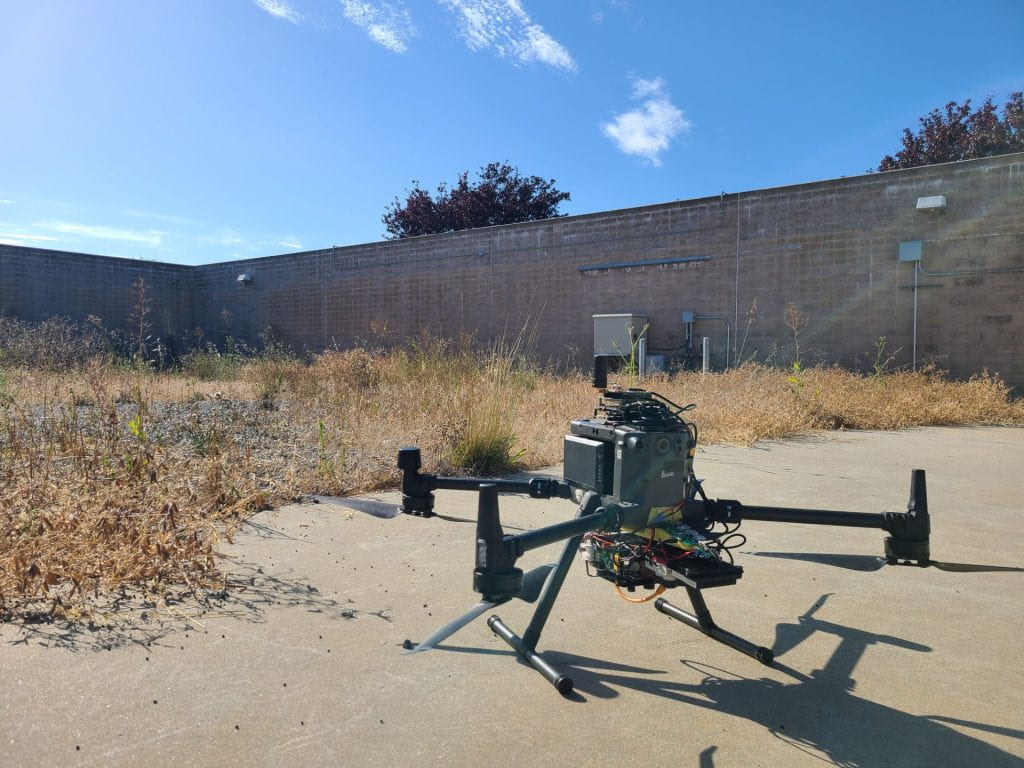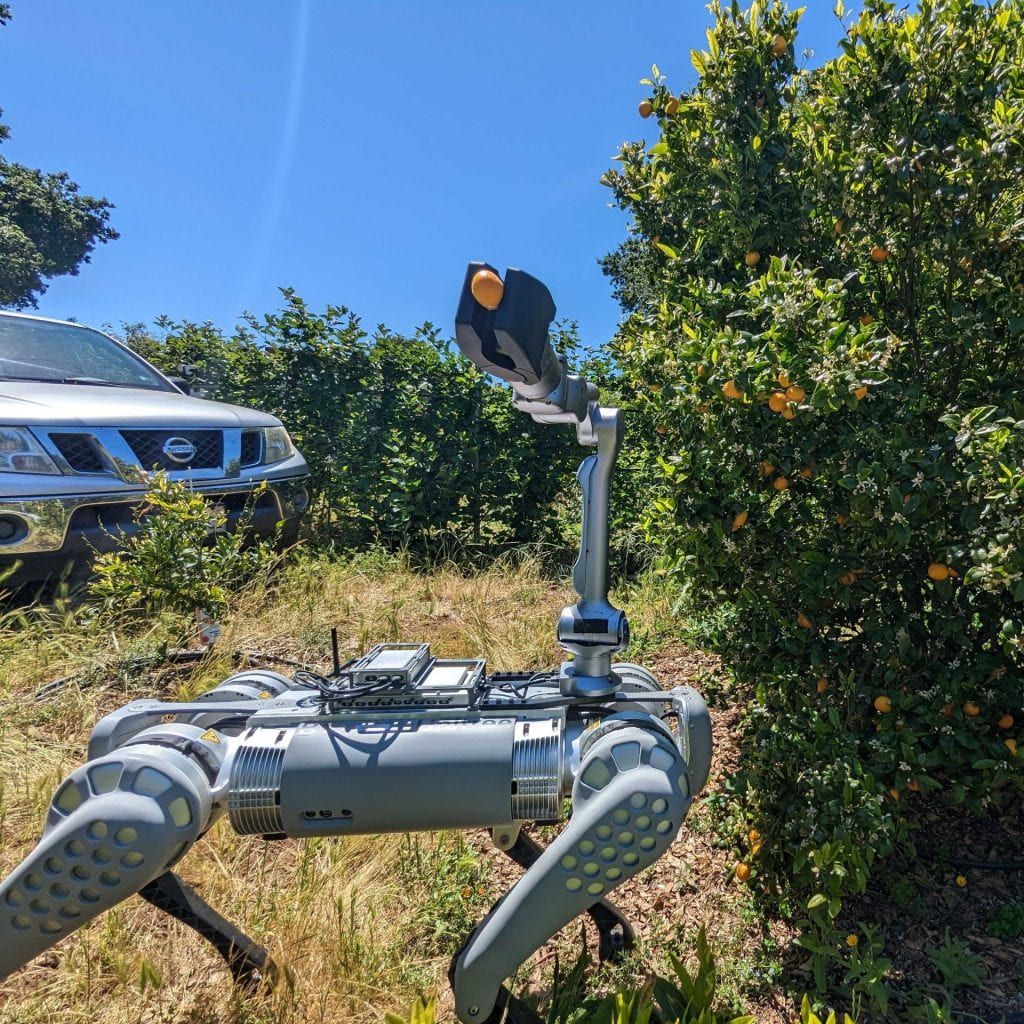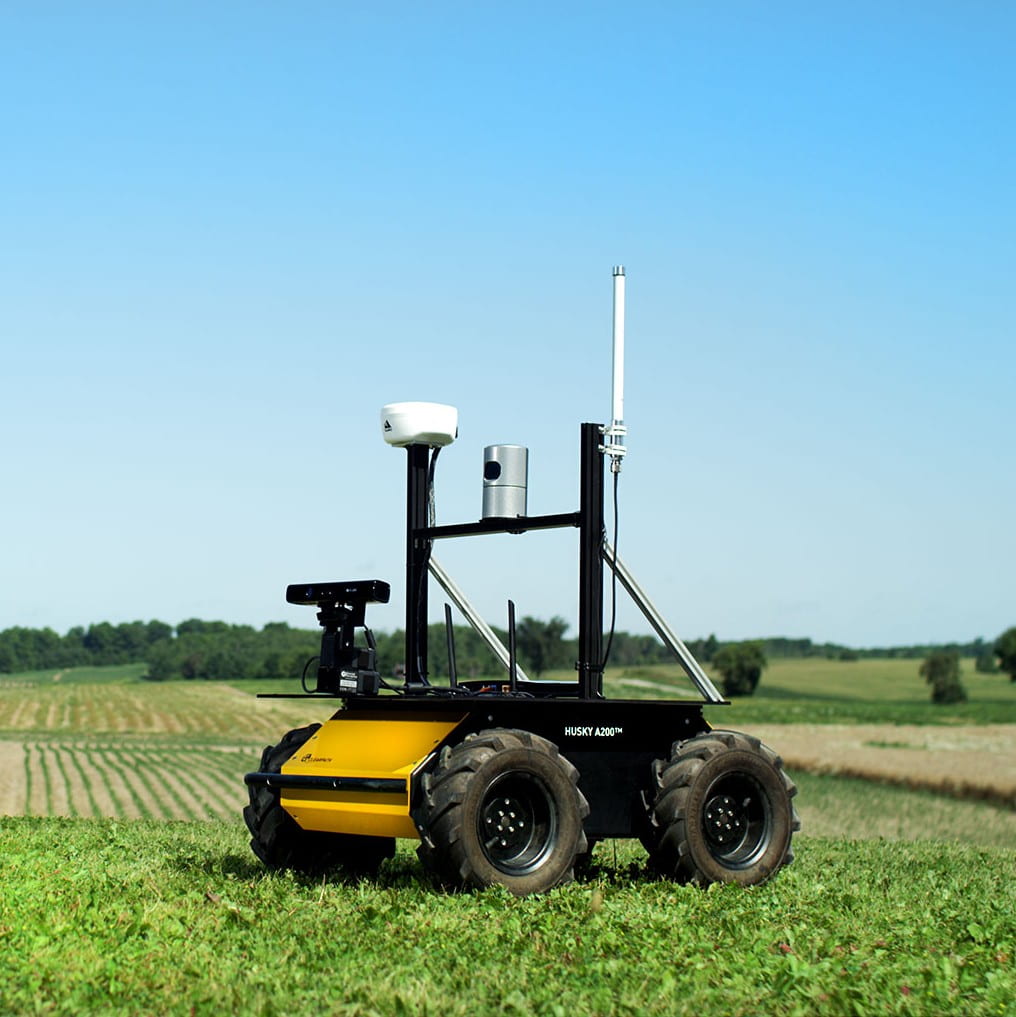Location
HARE Lab is located at the University of California Santa Cruz Westside Research Park (WRP) at 2300 Delaware Ave, next to the UCSC Coastal Campus. It consists of an open-plan office space, a specialized tech/VR office, and a conference room as well as shared access to a fabrication space and a large indoor flight space.
Lab assets include a variety of manufacturing and testing equipment used to expedite research through creating custom mechanical and electrical robotic components. This equipment includes multiple 3D filament and resin printers, power tools including a circular saw and drill press, soldering equipment for standard and fine circuit construction, a robust oscilloscope and variable power supply, and more. All these greatly simplify the often-necessary custom hardware design for implementation of prototype harnesses and sensor packages implemented on HARE Lab robotic assets.
People
HARE is staffed by driven graduate and undergraduate students with a deep interest in a broad range of subjects including control theory, machine learning and artificial intelligence, localization and state estimation, sensors and hardware design. Current and former researchers are listed on the pages “The Team” and “Alumni” respectively.
Robots
HARE Lab would not be complete without its family of robotic systems. These robust platforms allow for a wide variety of research applications covering both ground and aerial roles.
DJI Mavic 300 (“Astro”)
While UAS (Unmanned Aerial Systems) are still relatively new to the consumer market, their utility in a variety of research applications cannot be understated: these can fill a critical role in aerial photography, environmental surveying, infrastructure inspection, agricultural monitoring, search and rescue, and so much more. When leveraged well these systems can be a “force multiplier” for data collection, dramatically cutting down time and financial costs otherwise acrued by large-scale projects and surveys. A quadcopter drone carries all these advantages of a UAS while maintaining an easy-to-learn control scheme and interface — unlike many other systems available on the market a massive boon for a researcher team is the quadcopter’s ability to move in any direction at will and hover in place. This is often well-worth the trade-off for smaller payload capacity and battery life compared to its fixed-wing counterparts.
Seeking a robust quadcopter system that can fill a variety of roles for current and future projects, in 2022 HARE Lab acquired a DJI Matrice 300, nicknamed “Astro”, which features many bells and whistles: a flight altitude of 7000 meters, a flight time (on a single battery charge) of ~30-40 minutes, and a built-in RTK (Real-Time Kinematic) positioning system that leverages satellite GPS for centimeter-level positioning accuracy to enable precision data collection. Most notably, this system boasts a 2.7kg payload capacity allowing for extensive flexibility in adding custom sensor packages, cameras, and other accessories.
Astro was instrumental in the data collection for the BANNERS project and continues to be HARE Lab’s primary asset for airborne operations.
“In a world full of traffic jams, I’ll just take the aerial route.”
Unitree B1 Quadrupeds (“Tragedy” and “Comedy”)
Huskies
Contact
Dr. Steve McGuire’s main office is located in Engineering 2 in room 571. He can alternatively be reached via phone at (831) 459-1432 or by email at stmcguire@ucsc.edu.


